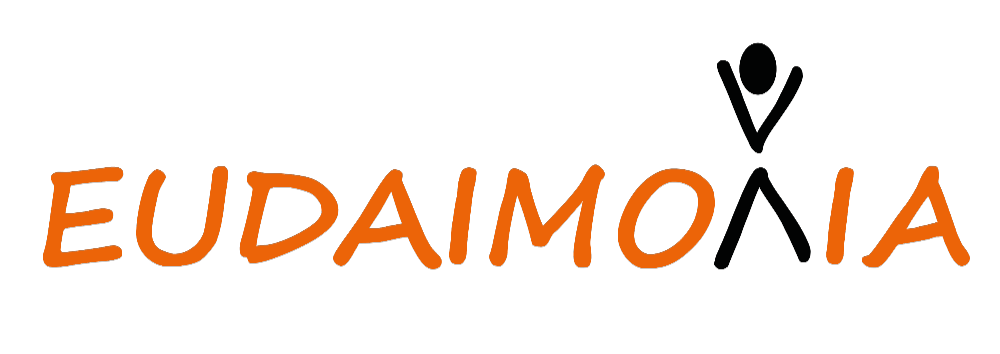Thai Yoga Massage
A dynamic, full body approach, Thai yoga massage blends body weighted acupressure & yoga stretches, without the use of a massage table. It is a floor based practice requiring a futon mat and the recipient, wearing loose fitting clothes, receives massage either lying down or seated.
This treatment is rhythmic with fluid motion of both practitioner and receiver to create a collaborative approach to bodywork, unusual in Western therapies.

